Cooperative Education is an excellent opportunity for all senior students in high school to combine classroom learning with practical experience in the workplace. The classroom extends into the community where the teacher and employer work together to provide hands-on learning activities that are related to the student’s subject area. Students can earn two or more diploma credits in the academic, business and technology areas.
Students heading for college or university may choose to participate to gain field experience to enhance their success in post secondary studies. All applicants must be at least 16 years of age and enrolled in senior division courses.
Students who take part in Co-operative Education (Co-op) are able to:
- Explore careers while earning credits toward a high school diploma
- Integrate theory with a practical work experience placement
- Develop an understanding of employer expectations
- Strengthen employment skills
- Make more effective educational and career decisions
- Develop maturity and self-confidence
Why Students Should Participate in Co-op
- Gain work experience and make connections for future employment
- Develop an awareness of personal qualities and employability skills essential for success in the workplace
- Explore career choices to help define a career path beyond high school, college or university
- Develop confidence and self-reliance
- Expand job skills by acquiring explicit training that meets industry standards
- Use an alternative and proven method of earning credits for diploma purposes.
Why Employers Should Participate
- Assists with the training and recruitment of potential employees
- Helps provide for development of supervisory skills for existing employees
- Promotes awareness in young people of the demands and expectations in the workplace
- Creates an environment by which employers can demonstrate community involvement
What is the Employer’s Role?
The employer is responsible for providing a safe working environment, ensuring appropriate supervision and for working with the teacher to maximize the benefits of the student’s learning experience.
Where organized labour is present, the union representative assists with the planning of worthwhile learning activities for the student including the role of the union and related issues in the workplace.
What are the Costs?
The costs to the participating employer and student are minimal. Because Coop is an educational program, students do not receive a wage or salary, the receive credits. Funding assistance from the school board is available to support eligible students with transportation as well as health and safety needs.
What about Workplace Safety?
Students receive health and safety instruction, including WHMIS training in school as part of their pre-placement orientation activities prior to going out on placement. The Algoma District School Board provides WSIB coverage for students, the details of which are contained in the Work Education Agreement. The school board also maintains general liability insurance coverage for students while at their training stations. Student accident insurance is also available.
A bit of background...
The Cooperative Education program began in 1981 with 17 students in business studies. Today, the program continues to thrive with an enrolment in excess of 500 students placed in a variety of professions and occupations in the community.
This program, as it exists in its present state, serves the needs of all students and emphasizes four destinations upon completion of high school – university, college, apprenticeship, and the workplace. No matter what destination students choose after high school, most of them will eventually end up in the work force. Helping them make informed career decisions is fundamental to their success. With workplace experience, students are better prepared to make the transition from high school to work, training, apprenticeship, college and university.


